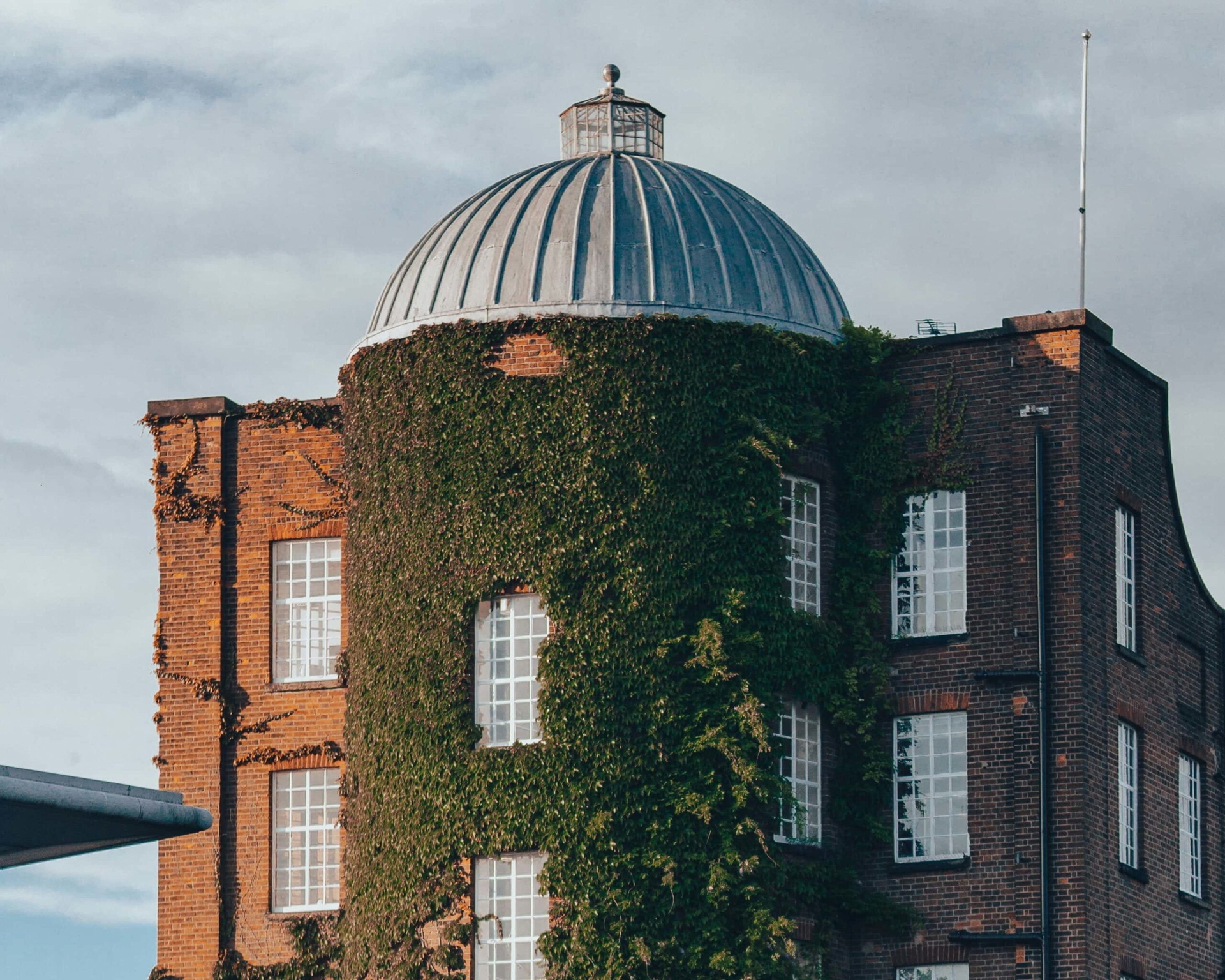The Benefits of Biophilic Design


1_Improved emotional state
According to a research study published in Elsevier, looking into the effects of biophilic indoor environments on stress and anxiety recovery, it was found that participants in biophilic indoor environments had consistently better recovery responses after stressors compared to those in the non-biophilic environment in terms of reduction on stress and anxiety. It is thought that our innate tendency to find nature inherently interesting allows us to better focus our minds when in the presence of natural elements, thus reducing anxiety and feelings of stress.
2_Improved productivity & creativity
Knowing that biophilic elements improve our emotional state, it might not come as too much of a surprise that being in an environment inclusive of biophilic design also improves our creativity and productivity. In fact, it is thought that biophilic design can increase human productivity by up to 20% (Peldon Rose). But there is more to it than this…
Nature helps with recharging the directed-attention that is often needed when developing ideas. It is also thought that the sense of awe that people get when immersed in nature encourages “expansive thinking”, allowing us to consider different perspectives leading to innovative ideas (the journal by Getaway). Not to mention the positive impact that biophilic design has on working memory, allowing us to better recall and connect our thoughts and memories. But perhaps most effectively, biophilic elements provoke our creativity through the thoughts and feelings that they inspire, owing to the endless forms and configurations they assume.
Biophilic Design can increase human productivity by up to 20%

3_ Good for physical health
Benefits of biophilia on physical wellbeing are vast, from reduced blood pressure, heart rate and muscle tension (University of Minnesota), to improved eye health and a stronger immune system (SelectHealth). These health benefits primarily derive from access to more natural lighting, improved humidity, and ‘cleaner’ air from photosynthesising plants, among others.
According to a study funded by Hort Innovation, two plants in a 4x5m room or 16 plants in an 8x8m room improves air quality by 75%.
What’s more, a healthy mind often makes for a healthy body (and vice versa), and we already know about the positive impact that biophilia can have on our minds!

4_Good for the planet
Biophilic design, and more specifically the introduction of plants into urban environments, is conducive to green and planet saving initiatives. Not only do plants help to remove toxins from the immediate air around us, but they also help to remove CO2 from the atmosphere. Introducing more plants into the world works towards achieving carbon neutrality through off-setting our carbon emissions. What’s more, certain biophilic designs can help regulate ventilation and building temperature, reducing energy consumption from heating and cooling systems.